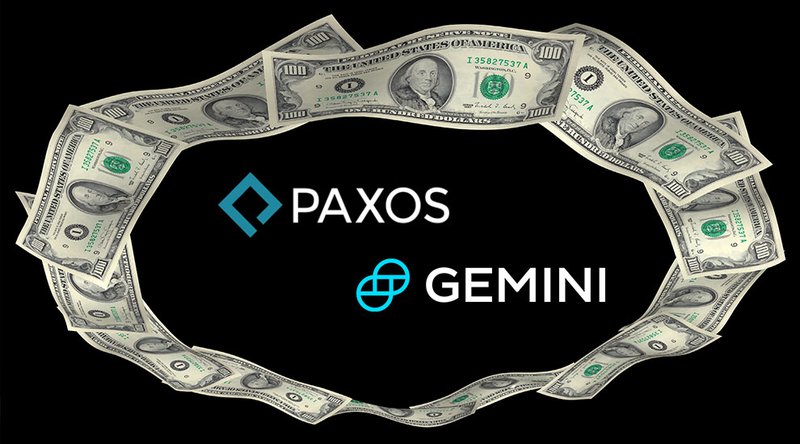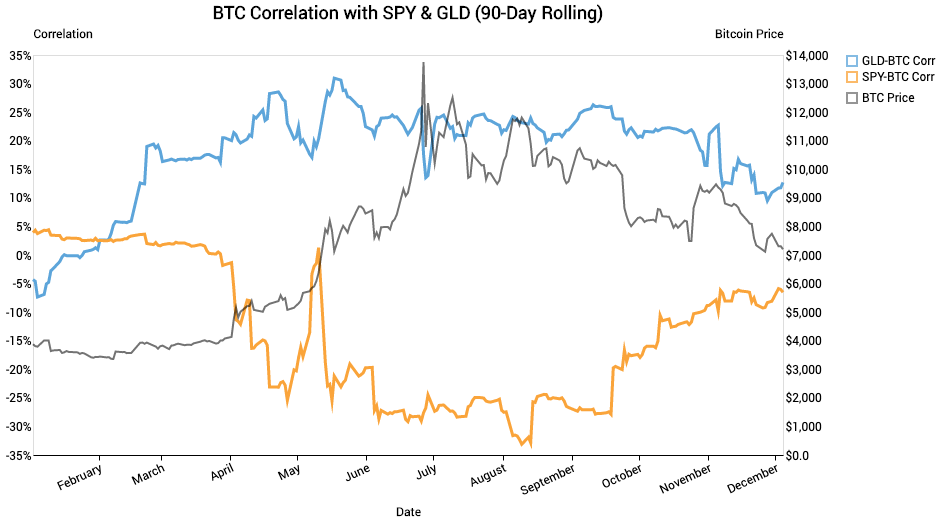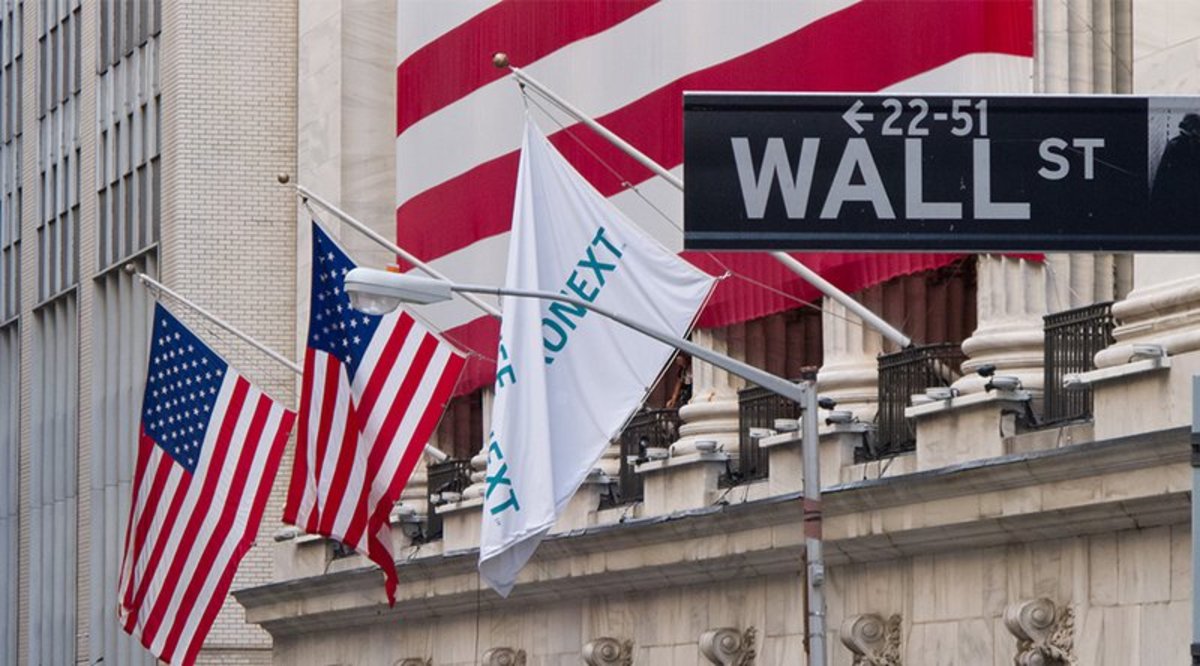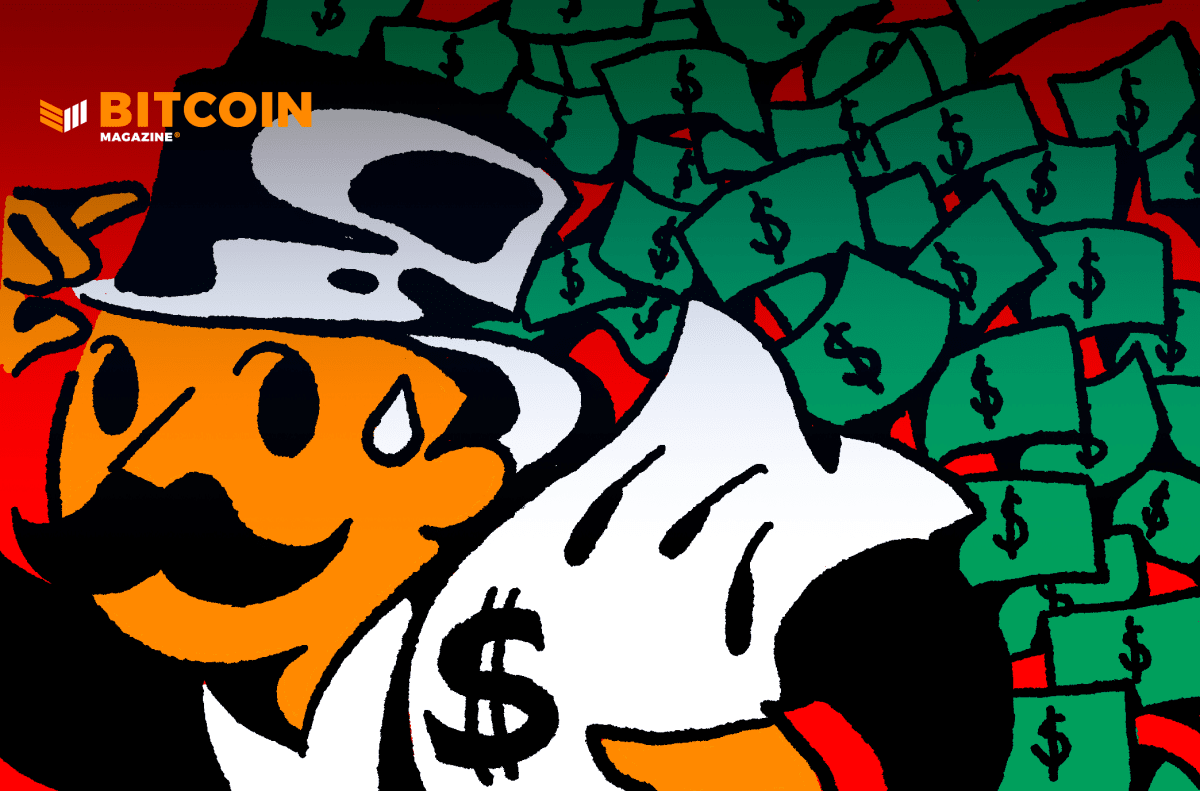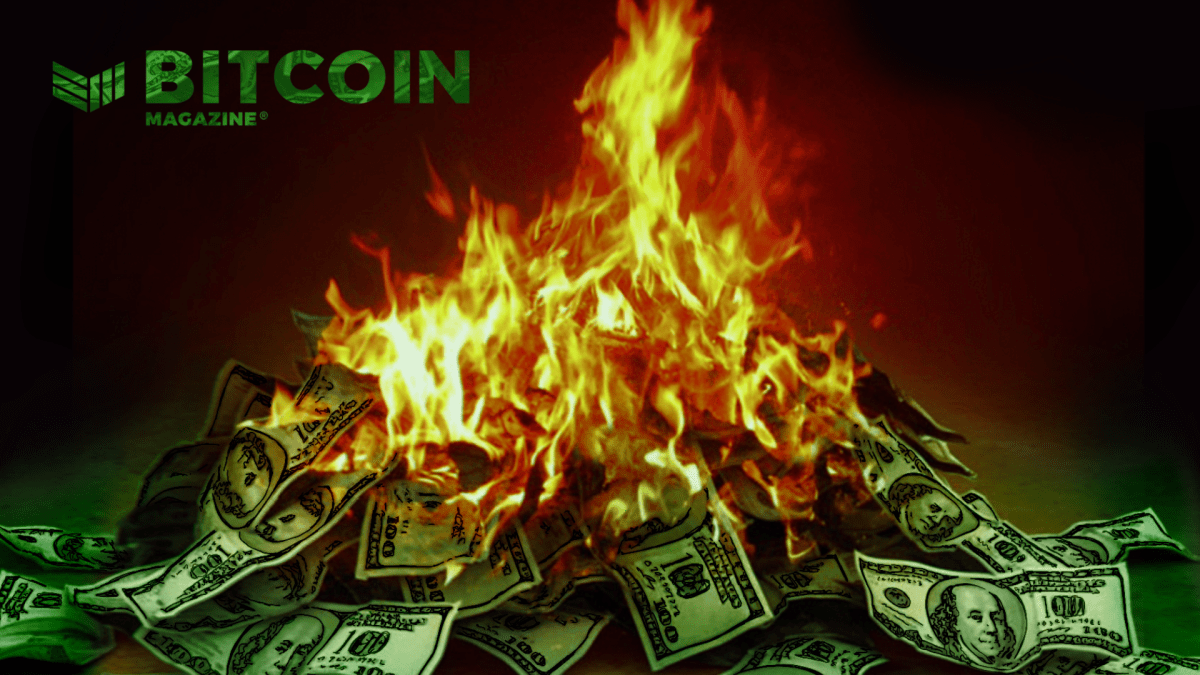Chess Tournaments, Tech Giants And $100,000 In Bitcoin
What can a sixth century game teach us about 21st century money? A lot, apparently.
On May 29th, the world’s top 16 chess players competed in the FTX Crypto Cup. Hundreds of thousands of fans tuned in to Chess24.com, Twitch, Youtube and the Champions Chess Tour website to watch their favorite players duke it out in the nine-day event. But unlike prior tournaments of this scale, where the prize pool is almost always denominated and paid in U.S. dollars, the FTX Crypto Cup was different. Thanks to cryptocurrency derivatives exchange FTX and its CEO, Sam Bankman-Fried, the tournament’s $220,000 prize was supplemented by 2.1825 BTC, split among the winners.
Bitcoin enthusiasts have spent the better part of a decade advocating for the currency. They argue that bitcoin will transform the world, democratizing finance by mitigating and decentralizing the power currently wielded by Wall Street, politicians and technocrats. Skeptics have called bitcoin a “scam,” a “ponzi-scheme” and a “speculative bubble.” Nevertheless, over time bitcoin’s most ardent critics have slowly flipped their positions, institutional investors have bought in and the “digital gold” continues to permeate throughout our society. The FTX Crypto Cup represents just another example of bitcoin’s move into the mainstream. On the surface, that’s all the news there is to report — a crypto company sponsored a chess tournament with bitcoin.
But I think there’s a deeper story here. What else do bitcoin and chess have in common? What can chess players learn from bitcoin and what can Bitcoiners learn from chess? Is there an overlap between the two communities? Does Magnus Carlsen hold bitcoin? How good is Sam Bankman-Fried at chess? To answer these questions, I interviewed world champion and #1 rated player Magnus Carlsen, FTX Founder and CEO Sam Bankman-Fried, prominent Youtubers GothamChess and BTCSessions, Vice President at BTC Inc. Flip Abagnale and Bitcoin’s wunderkind, Jack Mallers, who plays a mean game of chess himself.
Hard Rules, Hard Money
More than 1,600 years ago, the Gupta empire reigned over a prosperous India. Trade with kingdoms in south and southeast Asia was flourishing. For the first time in human history, the number zero was incorporated into decimal place numerical systems. Scientists hypothesized that the Earth revolves around its own axis and that the moon reflects light from the sun. Great poets, sculptors and architects altered the course of art forever. Significant strides made in science, culture and technology laid a foundation for the trajectory of Indian civilization. And it was here, sometime as the Gupta empire began to wane, that two people sat in front of a board and played the first game of what would come to be called chess.
Originally known as Chaturanga, the early predecessor to chess bears a striking resemblance to its modern counterpart. Kings, generals (queens), chariots (rooks), elephants (bishops) and horses (knights) spanned the back rows of an 8×8 board, shielded by a row of foot soldiers (pawns). The rules of the game changed significantly when Chaturanga arrived in Europe. By the year 1500, the modern game of chess was capturing southern Europe by storm. That game was, barring some rule changes made in the 18th and 19th centuries, the same chess played today. How does a game born in the 6th century and solidified hundreds of years ago retain its integrity over hundreds of years? The answer is hard rules and soft forks, principals the Bitcoin world knows all too well.
As chess rose in popularity, mathematicians and theorists of the game began the slow process of introducing, advocating for,and solidifying a set of rules that all could agree on. Critically, these changes were additive optimizations rather than changes that altered the fundamentals of chess such that it became a different game entirely. This process unfolded until the 1800s, after which the rules of chess have not really changed. Now the core components of chess, the 8×8 board, the placement of pieces and their legal moves and the winning conditions, will likely not change. Balancing a rigid adherence to a set of rules while leaving room for optimizations and slight changes is what has given chess its longevity and its timelessness. According to Flip Abagnale, VP at BTC Media, this model of change is quite similar to Bitcoin’s concept of soft forks. “The whole idea is backwards compatibility”, said Abagnale. “With soft forks we’re not dramatically changing bitcoin, we’re adding optimizations. Without soft forks, we would be at a standstill. We’d never be able to learn from advancements in math and computer science.” This process is delicate, as the critical element of Bitcoin is its immutability. The decentralized network’s ledger cannot be altered, only 21 million bitcoins will ever exist, etc. Like chess, Bitcoin’s hard rules will never change, but soft forks create the breathing room necessary for optimizations. If the success of chess is any indication, then Bitcoin’s balancing act of hard rules and soft forks affords it the unique ability to persist through the ages.
Pandemic-fueled Growth
As news of COVID-19 began dominating the headlines last March, the world as we knew it came to a halt. With large portions of the economy effectively shut down, millions of people across the world found themselves at home, online and looking to kill time. These factors in 2020 and the early months of 2021 set the stage for massive booms in both the chess world and in bitcoin. The sale of chess boards rose by more than 1000%, top grandmasters raked in sponsorships through streams on Twitch and Youtube and viewership of those streams shattered previous highs. Similarly, the meteoric rise in bitcoin’s price garnered the asset increased coverage on the national scale and millions of people heard about and invested in bitcoin for the first time. As the online communities surrounding both chess and bitcoin experienced a massive influx in first-time players and investors respectively, prominent content creators shifted to capture this entry-level viewership. I sat down with two of them to talk about chess and bitcoin.
Levy Rozman is a 25 year-old chess International Master from New York. During the onset of the pandemic, he quit teaching private chess lessons and focused full time on his Youtube Channel, GothamChess. “I channeled all my energy from convincing 6 year olds that chess is important to convincing everyone from the age of 6 to 99 that chess was important and cool”, said Rozman. “The chess boom was nuts. I went from around 110,000 views every 48 hours to 1.8 million.” Rozman’s channel reached 300 million impressions in a month during the chess boom and his account now has over 1 million subscribers.
Ben Perrin, known on Youtube as BTC Sessions, is one of Bitcoin’s largest content creators. Ben struggled to find beginner level content about bitcoin in 2013 and 2014 and worked as a breakdancing instructor before deciding to work on a Youtube channel geared toward people new to the world of Bitcoin and cryptocurrencies. “The transition from teaching complex dance movements to kids to teaching complex technology to adults was actually relatively similar,” said Perrin. “I started off making one video a week that would answer a common entry-level question about Bitcoin.” The BTCSessions account has grown quickly over the years and now, with nearly 60,000 subscribers, Youtube is Ben’s full time job.
Both Levy and Ben took full advantage of their respective communities’ spectacular growth over the past year or so. “I built around the beginner audience and wanted to welcome them and make my channel their destination for all things chess,” said Rozman. Similarly, Perrin told me, “ I had a year’s worth of content before the boom, and a lot of that evergreen content helped get subs. As things took off, I shifted content to tutorials, re-did many of my basic videos on things like hardware wallets, fees, the Lightning Network, liquid and all the new aspects of Bitcoin that are relevant now. I want new people to be able to come in and have all the information they need laid out for them in playlists.”
While both communities grew independently of each other, overlaps between the world of chess and Bitcoin have grown. Rozman, who years ago “bought bitcoin at 750, sold at 900, and felt like a genius at the time,” saw the bitcoin price dip at the start of 2020 as an opportunity to “buy at a discount.” Another popular chess Youtuber, Agadmator, has been accepting donations in bitcoin and other cryptocurrencies from his 1 million subscribers for years. Magnus Carlsen, the world’s best chess player told me, “together with my father we have made some investments in cryptocurrencies over the last seven months, and it’s fascinating to watch their development.” Rozman noted, “I get asked a lot to put a bitcoin address up to accept donations…I’m working on it.”
A Global Network For Everyone
Both chess and bitcoin share a commitment to hard rules and soft forks. Both communities saw massive growth in demand for beginner-level content during the pandemic. But now, more than ever, the two groups are colliding. On his way to the Indy 500 to support the Bitcoin car he designed, Strike CEO Jack Mallers FaceTimed me to talk about chess and Bitcoin. “Both chess and bitcoin are some of the most inherently global things,” Mallers said. “You’ve got the best players spread out across the world. Anyone can participate, anyone can learn what they need to learn for free online.” Jack, who’s rated around 2100 ELO in chess, is excited about future intersections and possibilities between chess and Bitcoin.
FTX CEO Sam Bankman-Fried has apparently “never been that good at chess.” But that didn’t stop the 29 year old billionaire from adding $100,000 in bitcoin to the prize pool of an elite chess tournament. When asked why he did it, Sam told me, “For the same reason you’re writing this article. There’s a large overlap between the audiences interested in crypto and in chess, and this gave us a chance to help bring the two worlds together.” The FTX Crypto cup may have been the first major crossover between chess and bitcoin, but it likely won’t be the last. When asked about the future of chess tournaments with bitcoin prizes, Magnus Carlsen said, “Including an additional bitcoin prize fund for this tournament is a fresh element that I hope will create added attention for the FTX Crypto Cup tournament and for the Tour. I’m generally positive about innovation and testing out new opportunities in the elements surrounding chess.” While Bankman-Fried didn’t promise more prize sponsorships, he noted that “crypto-based prizes are easy and natural for chess.”
This is a guest post by David Zell. Opinions expressed are entirely their own and do not necessarily reflect those of BTC Inc. or Bitcoin Magazine.




